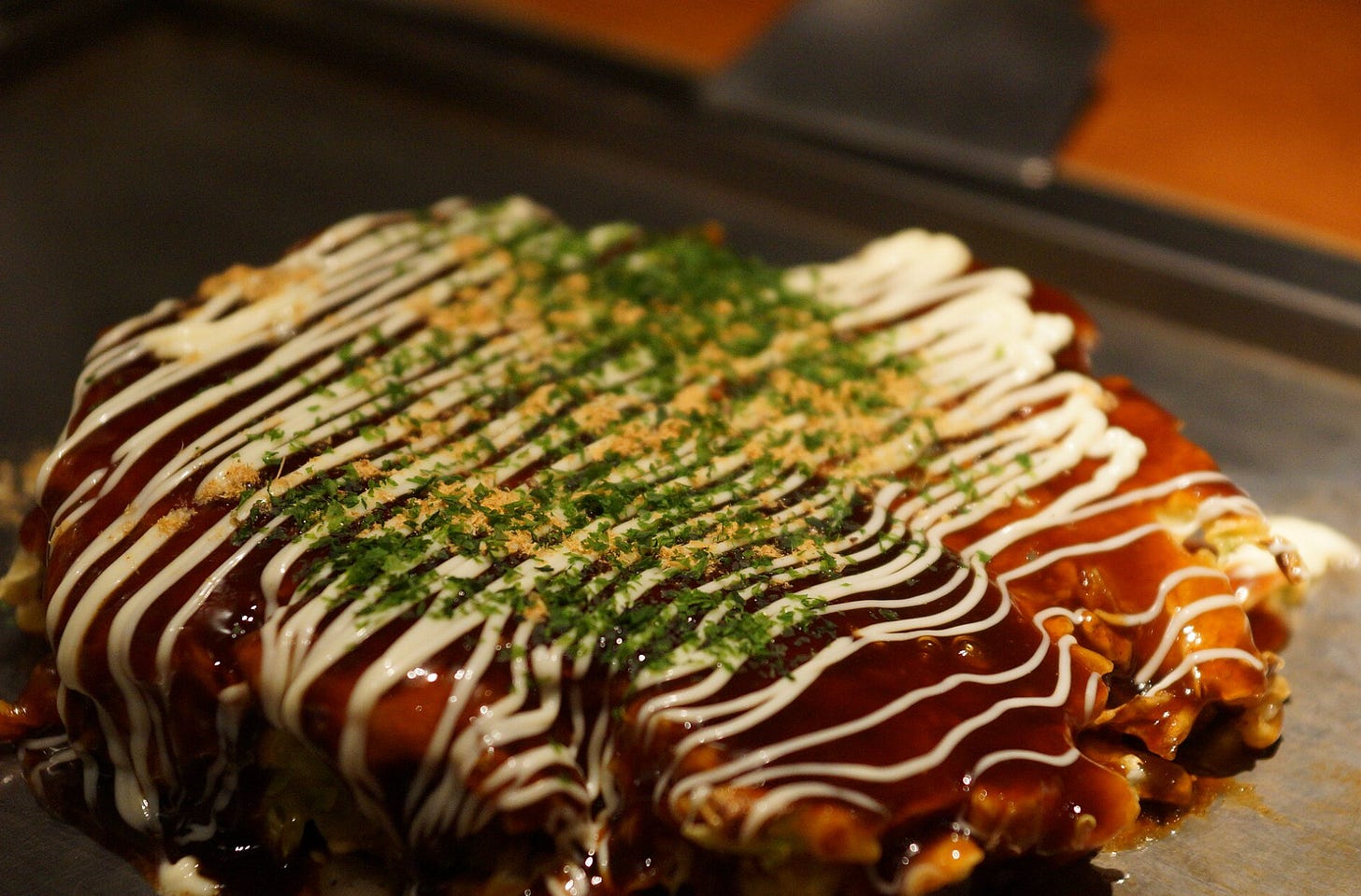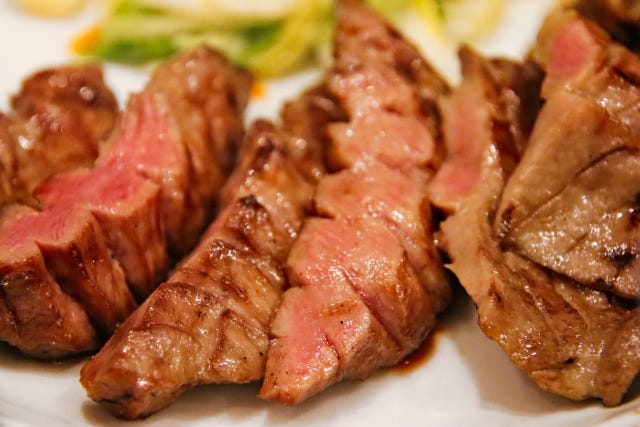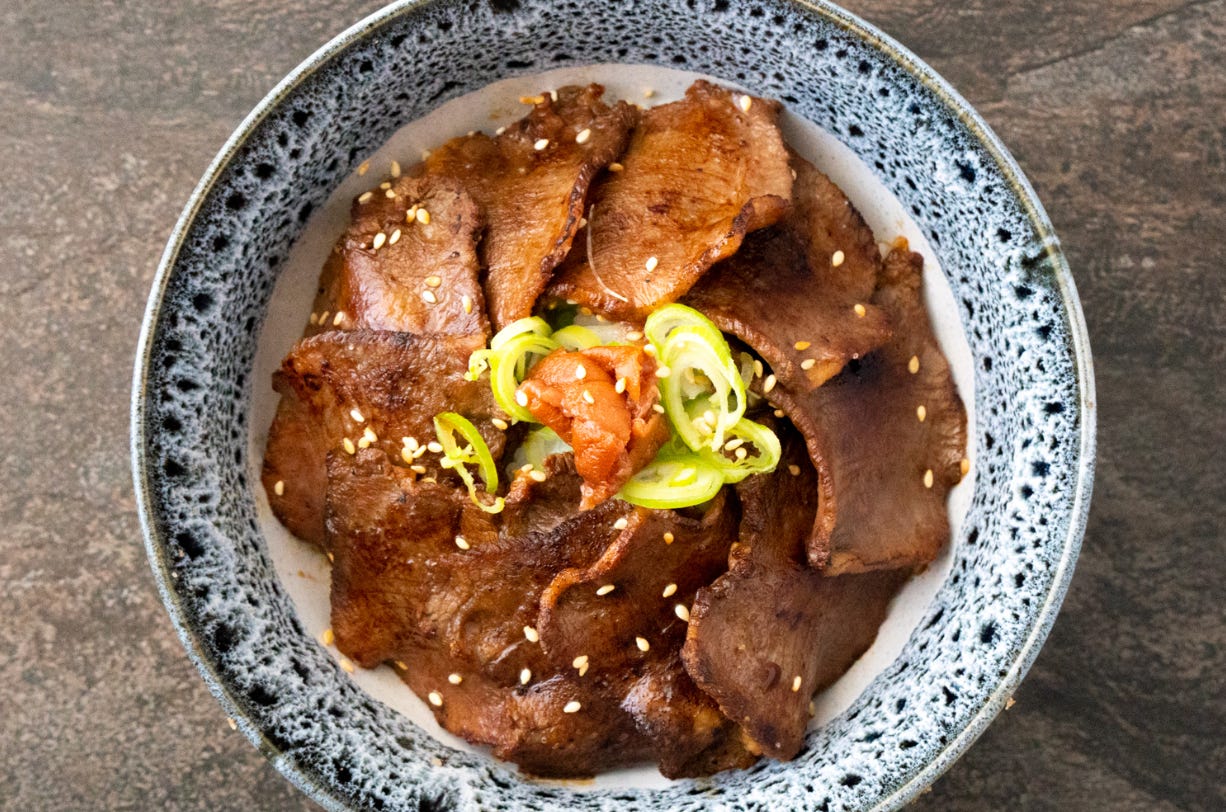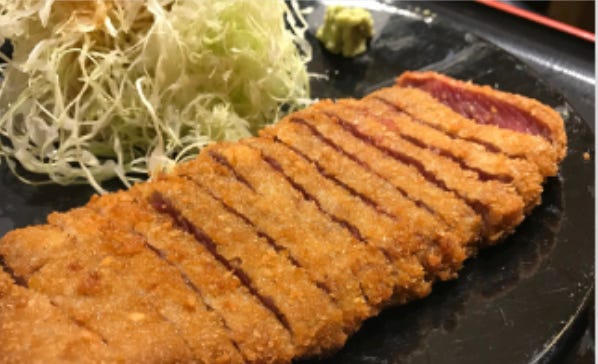War is the ‘mother of invention.’ The famous words of A.J.P. Taylor, thinking of the leaps and bounds taken by technology as conflict forces rivals to innovate.
This is probably true most of all right now in Ukraine. I was speaking to a drone engineer a few weeks ago, and he told me how the Russians and Ukrainians are constantly working to outsmart one another on the battlefield.
First they tried to jam one another’s drone signals, rendering them useless. The response was to build drones that trailed ultra-thin fibre-optic cables in their wake. Next came technology for cutting those cables.
And on it goes. One of the latest innovations is the replacement of small numbers of drones featuring high-quality cameras with large numbers of comparatively rudimentary ones. AI-powered apps are then used to turn those multiple, grainy signals into high-quality images of enemy positions.
Maybe it’s the result of being on yet another diet and feeling permanently hungry, but it seems to me that for all our talk of World War II - as we approach various anniversaries of its final months - we say a lot about technology and far too little about food.
By this time eighty years ago, many Japanese were bordering on starvation. Supply lines had been devastated, thanks to American submarines targeting Japanese shipping. Much of the available food was being redirected to the country’s armed forces, spread out across Asia and the Pacific.
In Osaka, world-class scientists switched from developing weaponry to researching an emergency diet for the home front. People were shown how to make the best of acorns, peanut shells and even sawdust. A fermenting agent, they were told, could be used to break sawdust down into a powder with which to supplement flour in the making of bread or dumplings.
People were confidently advised that if cooked properly, the flesh of mice and rats was perfectly safe - pleasantly gamey, even. Blossoms, roses and silkworm cocoons all began to appear on people’s plates.
The end of the war in the summer of 1945 did not immediately put proper food back on the table. For much of the Occupation, which lasted from 1945 to 1952, various foods remained in short supply. This was where lasting innovation began.
In Hiroshima, in the aftermath of the atomic bombing, people found iron plates in the wreckage of the city and began using them to make savoury pancakes using wheat-flour batter and whatever ingredients they could get their hands on.
The dish became known as okonomiyaki - ‘whatever you like, grilled’ - and it went on to be a hit all around Japan. If you go to Japan now, you can either have it made for you in front of your eyes or have the ingredients delivered to your table, where you can cook it yourself.
A beautifully turned-out okonomiyaki. Clearly not a DIY effort…
When I first lived in Japan, back in the early 2000s, vegetarianism was treated as some combination of a disability and a radical, possibly treasonous ideology. Countless times, friends of mine would ask for a vegetarian option in a restaurant and be served some chopped cabbage with ‘just a little bit’ of meat on the side, by a chef who clearly felt sorry for them. Okonomiyaki was a life-saver: one of the relatively few widely-available dishes that didn’t need to have meat in it.
One of Japan’s other great postwar innovations was strictly for meat-lovers. Its origins are a little murkier than okonomiyaki. For some reason, myths about Japan’s fabled high-quality beef seem to abound. I was devastated to learn, a while back, that contrary to popular belief, Japan’s famously high-quality wagyū beef is not in fact the product of cows being treated to classical music, sips of beer and regular massages.
There is some basis to that rumour. Japanese farmers set great store by creating a stress-free environment for their cows, and years ago a small number did apparently try out some of these stress-relieving techniques. But you’d be hard-pressed now to find many farmers doing any of this.
So we should perhaps treat stories about the origins of gyūtan - beef-tongue cuisine - with a little caution.
The story goes like this. Back during the Occupation, beef was hard to come by but American GIs were well-supplied. They liked a bit of steak but had little use for a cow’s tongue.
Enter, at this point, hungry and intrepid Japanese chefs, who helped themselves to this particularly tender and juicy part of the cow. A man named Keishiro Sano is credited with being the first, in 1948, to perfect the art of grilling beef tongue, serving it at his yakiniku restaurant, Tasuke.
Whatever the true origins of gyūtan in Japan, restaurants in Sendai have become well-known for doing delicious things with it. Let me walk you through three outstanding recipes…
First, the simple approach. Have your gyūtan cut thin (usugiri) and then grilled before your eyes. To be enjoyed with rice, pickles and a green onion and oxtail soup:
Second, try it marinaded in a blend of soy sauce, sake, sesame oil and yuzu juice. Place on top of some rice, and then garnish with spring onions and pickled vegetables:
Last but not least, try gyūtan as a twist on tonkatsu: replacing pork cutlet with gyūtan, breaded and then deep-fried:
And there you have it! If a trip to Japan wasn’t already on your wish-list, it should be now…
—
Images:
Okonomiyaki: Wikipedia (CC).
Beef tongue: Japan Food Guide (fair use).
Grilled gyūtan: No Ramen, No Life (fair use).
Marinaded gyūtan on rice: Asian Inspirations (fair use).
Gyūtan katsu: Japan Foodie (fair use).










We eat beef tongue in Italy too, it's so delicious with salsa verde. Thanks for another illuminating read, Christopher!